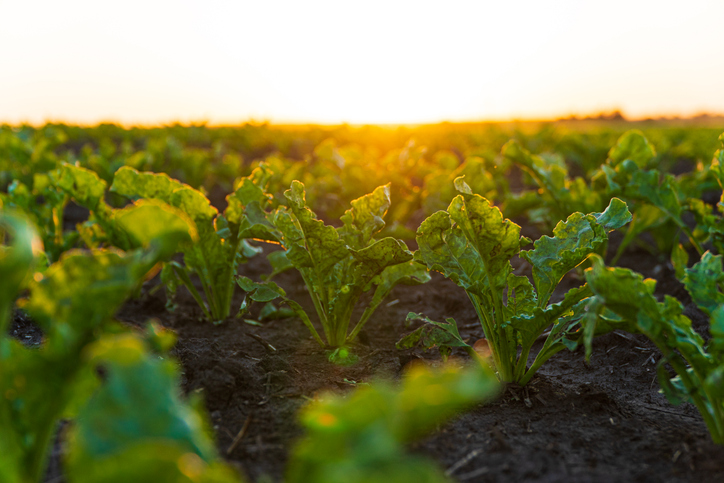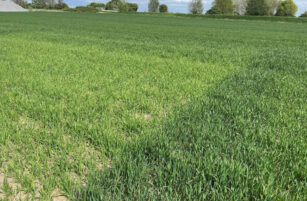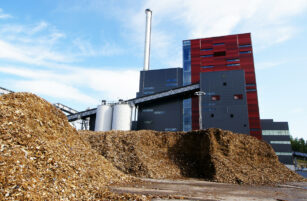Insight Focus
Persistent dry weather and poor soil moisture across European beet areas. Rainfall is needed soon to help beet seedlings reach their potential. We’ve downgraded our Russia crop estimate due to late frosts.
Since our last update, dry weather across Europe has continued. While the early-season dryness supported rapid beet sowing, a lack of follow-up rainfall is concerning.
Mid-May marks a turning point in the 2025 sugar beet season. What started with strong planting progress across the EU and the UK, could shift to mounting stress given the dry weather.
EU and UK: From Early Gains to Growing Pains
Across much of Western and Central Europe, dry and mild weather in February and March allowed farmers to sow beet seeds early. This meant we were optimistic that yields would be strong this year. However, persistent dryness since has meant that topsoil moisture in some regions is now at some of the lowest levels in years.
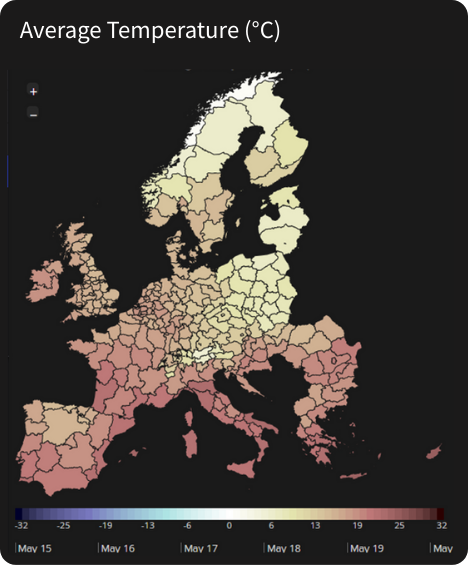
Source: Refinitiv Agricultural Dashboard, Forecast Temperature
The UK is experiencing its driest spring in decades. Rainfall in Germany has also been particularly poor.
At this stage in the season, beet seedlings should have emerged and be progressing towards canopy closure. However, reports from northern France, western Germany, and Poland indicate that if we don’t get rains soon, then crop development could be stalled, leading to uneven development, and potential yield loss.
Soil Moisture: A Continental Split
Soil moisture data shows a divided picture:
- Southern Europe has seen some replenishment from spring rains.
- Northern and Central Europe, however, remain in deficit.
Poland remains particularly dry, with little rain in the forecast to reverse the trend.
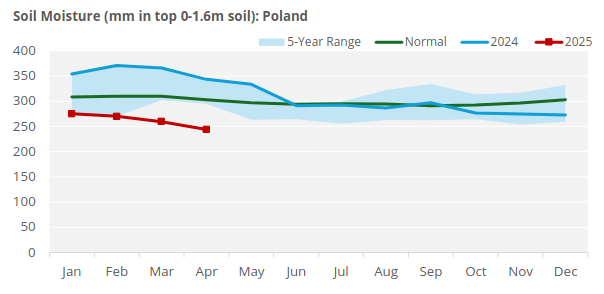
Source: Refinitiv Eikon, Agricultural Weather Data
Northern France and Central Germany are also showing signs of stress, with sugar beet crops potentially struggling to establish in the dry topsoil due to the lack of moisture.
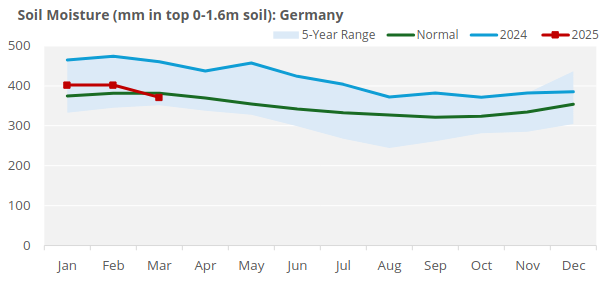
Source: Refinitiv Eikon, Agricultural Weather Data
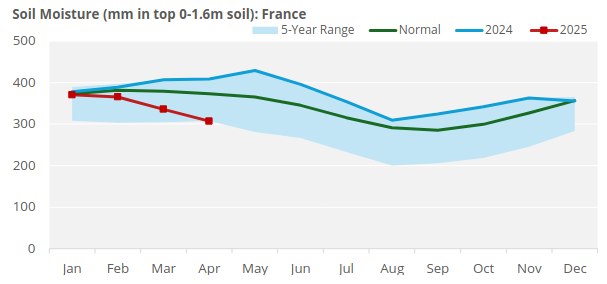
Source: Refinitiv Eikon, Agricultural Weather Data
In the UK, some farmers are deploying irrigation for non-beet crops earlier than usual, underlining the urgency of the situation.
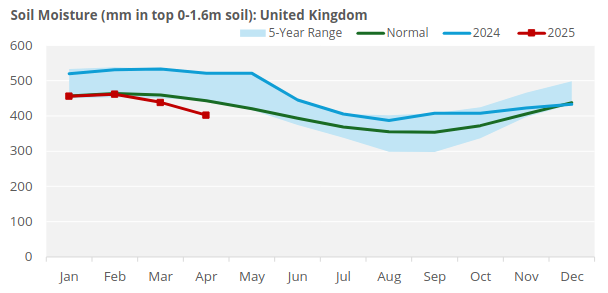
Source: Refinitiv Eikon, Agricultural Weather Data
Eastern Europe and Russia: Cold Adds to the Challenge
In Eastern Europe and Russia, weather challenges have taken a colder turn. Temperatures have dropped 3–7°C below normal, and late frosts have prompted emergency measures among Russian growers.
- We estimate that 4–5% of Russia’s beet acreage has been lost, with some fields likely to be replanted with oilseeds.
- Despite this, year-on-year acreage remains slightly higher, and most of the lost area has already been replanted.
But with crop development delayed and moisture still patchy across central and Volga districts, we have lowered our Russian sugar beet production estimate to 6.4 million tonnes down from our earlier forecast of 6.7 million tonnes.
According to Refinitiv’s agricultural weather dashboard, cool temperatures will persist in Ukraine and Western Russia over the next 10–15 days, while the risk of further frost events has diminished. However, a forecast of widespread rainfall should improve soil moisture and support spring crop prospects.
What Now?
The outlook is mixed. In Poland and large parts of Central Europe, there is little sign of near-term relief from the dryness. Soil moisture remains at critically low levels, and without sustained rainfall in the coming weeks, the sugar beet in these regions may not recover in time to reach full yield potential.
Longer-range forecasts suggest a shift toward warmer, wetter conditions across much of Europe by late May, which could help mitigate some of the current stress.

